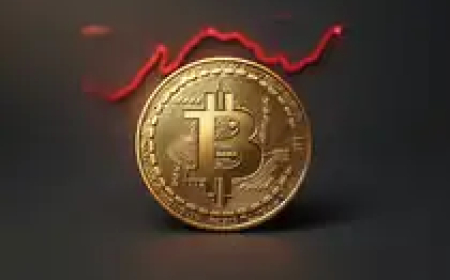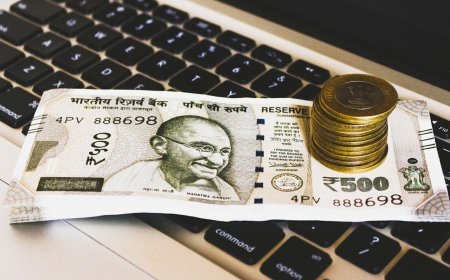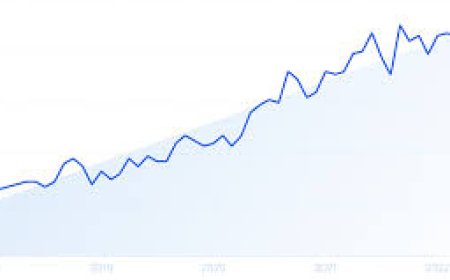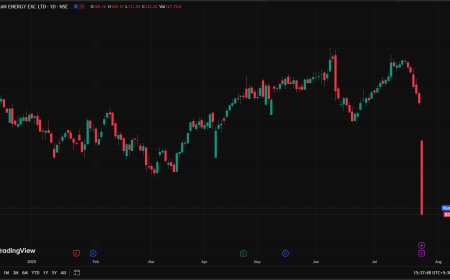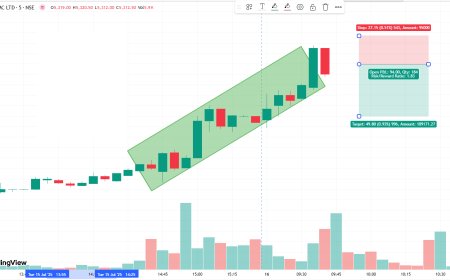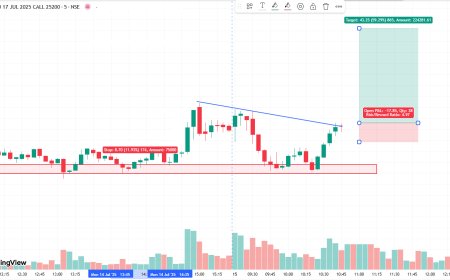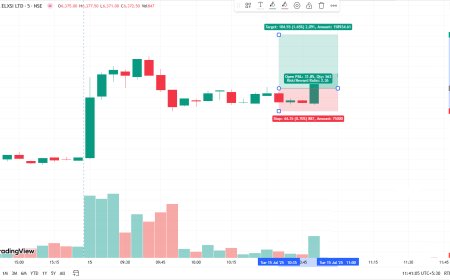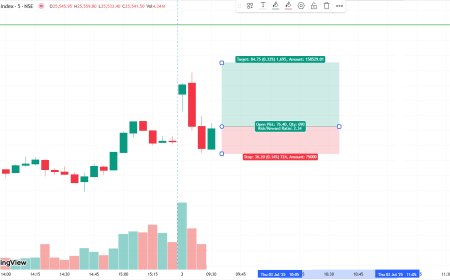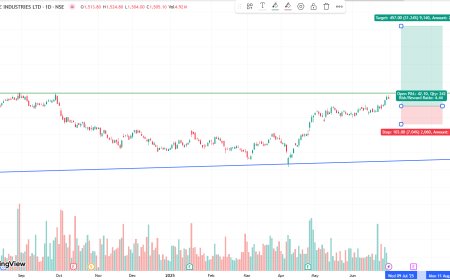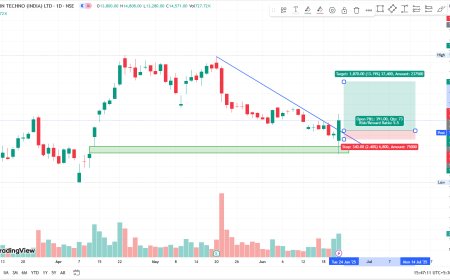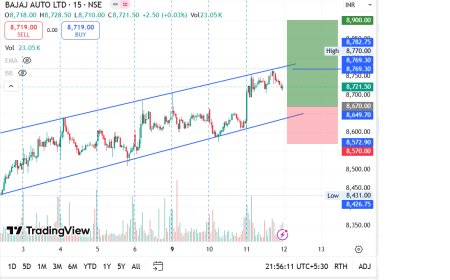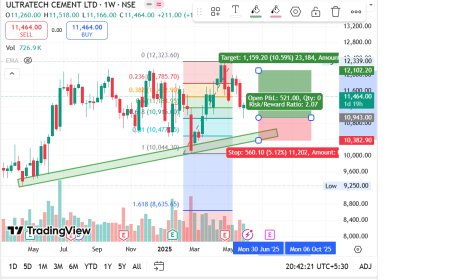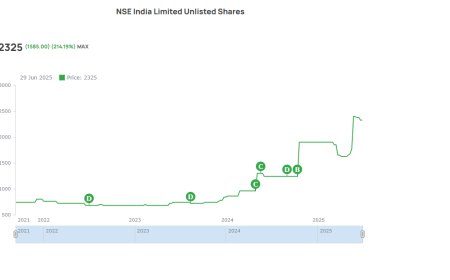Rupee Rises with Asian Currencies as US Fiscal Concerns Weaken Dollar
The Indian rupee strengthened against the US dollar alongside other Asian currencies amid growing US fiscal concerns, which pressured the greenback globally.

Rupee Gains Along with Asian Peers as US Fiscal Concerns Drag Dollar
Introduction: A Synchronized Currency Rally in Asia
The Indian rupee, along with several other Asian currencies, made notable gains against the US dollar in the latest trading session, driven by mounting concerns surrounding the United States’ fiscal trajectory. The dollar's dip, amid worries about rising debt levels and political stalemates in Washington, has injected fresh momentum into emerging market currencies, especially in Asia. This development reflects a broader sentiment shift in global currency markets, where traders and institutions are rebalancing their positions to hedge against U.S. economic uncertainties.
Dollar Weakness Sparks Regional Currency Upsurge
The US dollar, often viewed as a global safe haven, has shown unusual weakness despite persistent inflation concerns and mixed macroeconomic signals from the United States. At the core of this shift lies growing anxiety about the U.S. federal deficit and the increasing costs of debt servicing due to elevated interest rates. This environment has dampened investor appetite for dollar-denominated assets, causing a softening of the dollar index (DXY), which tracks the dollar against a basket of major currencies.
Asian currencies—led by the Indian rupee (INR), Chinese yuan (CNY), Indonesian rupiah (IDR), and South Korean won (KRW)—have surged in response. Notably, the rupee traded at ₹82.65 per dollar, appreciating nearly 20 paise intraday, as market sentiment favored the currency amid softening oil prices and improved trade balance data.
Indian Rupee Fundamentals: Why the INR Is Standing Tall
India's currency has benefited from multiple tailwinds, both external and domestic. Firstly, crude oil prices have seen a moderate pullback, alleviating inflationary pressures on the Indian economy and reducing the import bill. Since India imports over 80% of its crude oil requirements, falling oil prices directly support the rupee.
Secondly, India’s April trade deficit came in better than expected, narrowing to $15.6 billion, thanks to robust services exports and stable merchandise exports. This has strengthened the balance of payments outlook and created upward pressure on the rupee.
Foreign institutional investors (FIIs) have also been net buyers in the Indian equities market recently, bringing in fresh capital. This inflow has supported rupee demand, further reinforcing the currency’s performance in forex markets.
Global Factors: US Debt Concerns and Political Paralysis
At the heart of the dollar’s troubles lies an increasingly concerning fiscal landscape in the United States. With the national debt crossing $34.6 trillion, markets are becoming jittery about America’s long-term fiscal sustainability. In addition, the specter of another potential debt ceiling standoff in the U.S. Congress has unnerved global investors.
Ratings agency Fitch recently warned that sustained fiscal slippage and rising interest costs could trigger further scrutiny of the U.S.'s AAA sovereign credit rating. Although an outright downgrade seems unlikely in the near term, the tone from global agencies has been cautious.
As yields on US Treasuries struggle to climb despite rate hike expectations from the Federal Reserve, it is clear that the confidence in the greenback is beginning to wane. The real yield advantage the dollar enjoyed over the past two years is narrowing, paving the way for alternative currency investments.
Asian Peers Show Similar Strength
The rupee’s gain is part of a broader trend, with several Asian currencies benefitting from the dollar’s decline:
-
Chinese Yuan (CNY): The yuan appreciated following a better-than-expected PMI reading and reports of potential stimulus from Beijing.
-
South Korean Won (KRW): Gained nearly 0.5% amid tech sector optimism and strong exports.
-
Indonesian Rupiah (IDR): Rose after Bank Indonesia reaffirmed its inflation-fighting stance.
-
Thai Baht (THB): Also strengthened due to tourism sector recovery and increased remittances.
These movements are bolstered by the increased carry trade attractiveness of Asian currencies, as investors search for yield and stability outside the US.
Reserve Bank of India's Role and Outlook
The Reserve Bank of India (RBI) has remained relatively restrained in intervening directly in the forex market. However, analysts believe that the RBI may step in to curb excessive volatility and maintain competitive advantages for Indian exports. While a stronger rupee helps reduce import costs and inflation, it can also hurt export competitiveness if it appreciates too sharply.
The central bank is likely to adopt a calibrated approach—allowing the rupee to appreciate gradually while building up foreign reserves during favorable conditions.
Market Sentiment and Forward Guidance
Investor sentiment in India remains buoyant, with traders expecting further rupee strength in the short term, especially if the US dollar continues to underperform globally. The forward premium for USD/INR has narrowed, reflecting reduced hedging costs for importers and a more stable outlook.
Technical analysts indicate that the rupee may test resistance levels near ₹82.40 in the coming sessions, assuming continued dollar weakness and stable global risk sentiment.
Impact on Indian Economy: Winners and Watch Points
Winners:
-
Importers: Cheaper dollar makes oil, electronics, and machinery imports less expensive.
-
Travel and Education: Outbound travelers and students benefit from increased purchasing power abroad.
-
Inflation Control: A stronger rupee helps contain imported inflation, particularly in food and fuel.
Watch Points:
-
Exporters: Particularly in textiles, software, and pharmaceuticals, may face margin pressures.
-
Remittances: Slight dip in value for inward remittances from overseas Indians.
Conclusion: Rupee Finds Its Moment Amid Global Shifts
The Indian rupee’s recent appreciation isn’t just a local story—it’s a regional and even global narrative shaped by America’s internal fiscal dynamics. As the dollar stumbles on its debt-laden path, emerging markets like India are reclaiming strength, supported by pragmatic monetary policy, improving trade metrics, and investor optimism.
However, the sustainability of this rally will depend on several factors: continued FII inflows, crude oil prices, RBI’s intervention strategy, and whether the US can restore market confidence. For now, the rupee stands tall among its peers, signaling resilience in uncertain times.
FAQs on Rupee Appreciation
Q1: Why is the rupee gaining against the dollar now?
A1: Due to US fiscal concerns weakening the dollar and positive trade data and FII inflows strengthening the rupee.
Q2: Will the RBI allow the rupee to appreciate further?
A2: Likely to allow gradual appreciation but will step in to prevent volatility.
Q3: What are the risks if the rupee strengthens too much?
A3: Exporters could suffer, and remittances might lose value, impacting foreign earnings.
Q4: Is the dollar’s weakness temporary?
A4: Depends on how the US addresses debt issues and manages inflation going forward.
What's Your Reaction?
 Like
0
Like
0
 Dislike
0
Dislike
0
 Love
0
Love
0
 Funny
0
Funny
0
 Angry
0
Angry
0
 Sad
0
Sad
0
 Wow
0
Wow
0
















